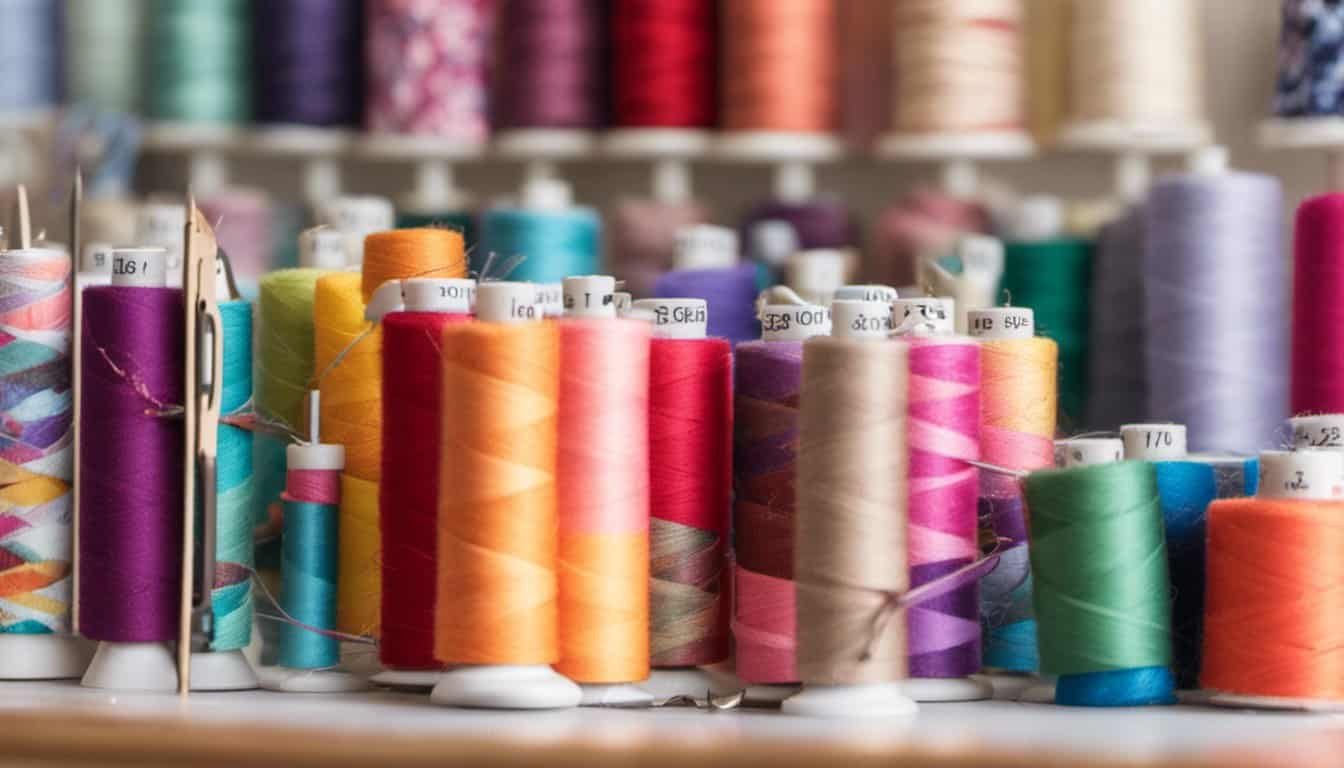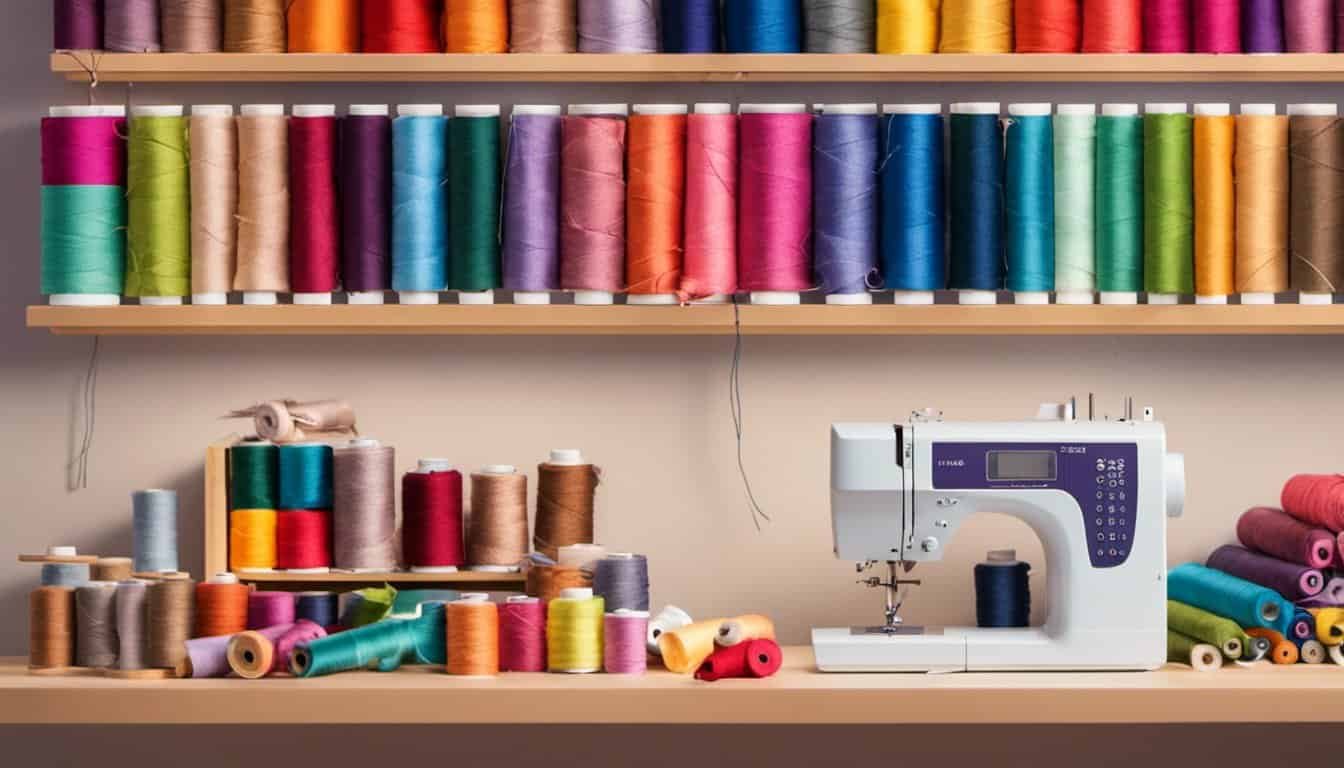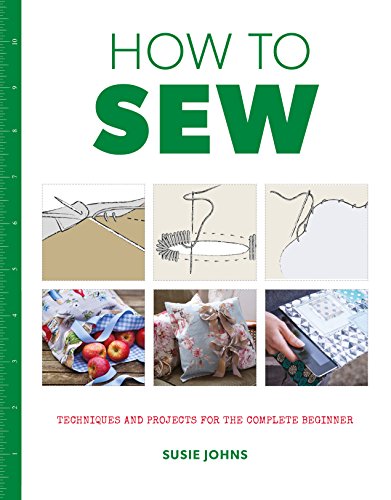Have you ever finished sewing a beautiful garment only to discover that the neckline is gaping? It can be frustrating when all your hard work doesn’t quite come together as you envisioned. But don’t worry—I’ve been there, and I know how to fix it.
In this guide, I’ll show you how to sew a faced neckline without gaping. You’ll learn simple tips and techniques that ensure a smooth, professional finish every time. Whether you’re a beginner or an experienced sewer, these steps will help you achieve the perfect neckline for your project.
Understanding Faced Necklines
Faced necklines provide a clean, finished edge to garments, preventing fabric from stretching or gaping. They involve attaching a separate fabric piece, called a facing, to the neckline for a polished appearance. This method ensures durability and maintains the garment’s shape over time.
Benefits of Faced Necklines:
- Stability: Adds structure, reducing the likelihood of gaping.
- Professional Finish: Creates a smooth, seamless edge.
- Versatility: Suitable for various fabric types and garment styles.
- Ease of Construction: Simplifies the sewing process, especially for complex necklines.
Common Types of Faced Necklines:
- Straight Faced Neckline: Features a simple, straight edge, ideal for basic tops and dresses.
- Rounded Faced Neckline: Curves smoothly, offering a flattering shape for many designs.
- V-Neck Faced Neckline: Forms a V-shape, enhancing the neckline’s visual appeal.
- Collar Faced Neckline: Incorporates a collar, adding a structured element to the garment.
Key Components:
- Facing Fabric: Matches or complements the garment fabric, ensuring consistency.
- Seam Allowance: Typically 1/4 inch, allowing the facing to lie flat against the garment.
- Attachment Method: Can be sewn separately before attaching or integrated during garment construction.
Understanding these elements helps achieve a faced neckline that enhances the garment’s overall look and functionality.
Preparing Your Fabric
Proper fabric preparation ensures your faced neckline turns out smooth and professional. It starts with selecting the right fabric and preparing it correctly.
Choosing the Right Fabric
Selecting the appropriate fabric is crucial for a gaping-free faced neckline. I choose fabrics that offer stability and drape well, such as woven cotton, satin, or lightweight wool. Avoid stretchy materials like jersey unless adding interfacing for support. Matching the facing fabric to the garment fabric enhances the finish and maintains consistency in texture and color.
Pre-Washing Your Fabric
Pre-washing prevents shrinkage and color bleeding after the neckline is sewn. I wash and dry all fabric pieces according to their care instructions before cutting. This step ensures that the fabric dimensions remain consistent, eliminating unexpected changes that could cause gaping. Additionally, ironing the fabric after washing removes wrinkles, making it easier to sew precise seams.
Tools and Materials Needed
- Sewing machine: Ensures precise and consistent stitching.
- Stable fabric: Choose from woven cotton, satin, or lightweight wool.
- Facing fabric: A matching or complementary fabric for the facing piece.
- Interfacing: Provides additional support to the neckline, available in various weights.
- Thread: Select a strong, matching thread suitable for the fabric type.
- Pins or fabric clips: Essential for holding fabric layers together during sewing.
- Sharp fabric scissors: Necessary for cutting fabric accurately.
- Measuring tape and ruler: Used for taking precise measurements and marking fabric.
- Iron and ironing board: For pressing seams and fabric to ensure a smooth finish.
Step-by-Step Sewing Process
Cutting the Neckline
First, mark your neckline pattern on both the garment and facing fabric. Ensure measurements match precisely to prevent mismatches. Use sharp fabric scissors for clean cuts. If your neckline is a V-shape, double-check the angle to maintain symmetry. Cutting accurately sets the foundation for a seamless neckline.
Attaching the Facing
Align the facing with the neckline, matching raw edges exactly. Pin the facing in place, evenly spacing pins to keep the fabric taut. Sew using a straight stitch at a 1/4-inch seam allowance, starting and ending with a backstitch for durability. Reinforce the seam where the neckline curves to avoid gaps. Press the seam open with an iron to ensure a smooth attachment.
Finishing the Seam
Begin by trimming the seam allowance to reduce bulk around the neckline. Finish the raw edges with a zigzag stitch or a serger to prevent fraying. Press the neckline carefully, ensuring the facing lies flat against the garment. Inspect the seam for any gaps and reinforce stitching if necessary. A well-finished seam secures the facing and maintains the neckline’s shape over time.
Tips to Prevent Gaping
Preventing gaping in your faced neckline ensures a polished and professional finish. Here are key strategies to achieve a seamless result:
- Accurate Measurements
Measuring neckline dimensions precisely is crucial. Use a flexible measuring tape to capture the exact curve and width, ensuring symmetry. Mark measurements clearly on both the garment and facing fabric to maintain consistency during sewing.
- Proper Fabric Selection
Choose stable fabrics like woven cotton or lightweight wool for the facing. These materials resist stretching, reducing the chance of gaps forming over time. Avoid highly stretchy fabrics unless you reinforce them with interfacing for added support.
- Use Quality Interfacing
Applying the right interfacing strengthens the neckline area. Select a non-woven interfacing that matches your fabric weight. Fuse the interfacing according to the manufacturer’s instructions, providing a firm base that holds the shape and prevents fabric from gaping.

- Sharp Cutting Tools
Utilize sharp fabric scissors to cut both the garment and facing accurately. Clean cuts prevent fabric fraying and ensure pieces align perfectly. Precise cutting is essential for maintaining neckline integrity and avoiding uneven seams that can lead to gaps.
- Secure Stitching Techniques
Sew with confidence by using a straight stitch for attaching the facing. Make consistent stitch lengths and backstitch at the beginning and end to reinforce the seam. Tight, even stitches hold the facing in place, minimizing movement that causes gaping.
- Reinforce Curves
Curved neckline areas are prone to stretching. Reinforce these sections by sewing multiple rows of stitches or adding additional interfacing. This extra support maintains the curve’s shape and prevents the fabric from pulling apart.
- Pressing Seams Properly
Press each seam flat with an iron after sewing. Proper pressing sets the stitches and shapes the neckline, reducing bulk and creating a smooth finish. Neglecting to press can leave seams uneven, contributing to gaps in the neckline.
- Double Check Alignment
Before sewing, align the facing fabric precisely with the garment neckline. Misalignment can cause uneven seams and gaping. Pin both pieces securely, checking that edges match perfectly to ensure a tight, gap-free connection.
- Test with a Scrap Fabric
« How to Repair a Small Tear by Hand: 7 Expert Tips You Need Now
You Won’t Believe How Easy It Is to Sew a Patch on Fabric by Hand »
Practice your stitching techniques on scrap fabric first. Testing allows you to adjust tension and stitch length, ensuring optimal settings on your sewing machine. Perfecting your method beforehand helps prevent gaping in the final garment.
- Consistent Seam Allowance
Maintain a uniform seam allowance throughout the neckline. Inconsistent allowances can lead to uneven stress distribution, causing fabric to pull and gaps to form. Use a seam guide or ruler to keep seam allowances precise and even.
Implementing these tips will help you sew faced necklines that stay smooth and gap-free, enhancing the overall quality and appearance of your garments.
Conclusion
Sewing a faced neckline without gaping is totally achievable with the right techniques. I love how adding a facing can elevate your garments and give them a polished look.
Remember practice makes perfect so don’t get discouraged if it takes a few tries. Enjoy the process and watch your sewing skills grow. Happy sewing!


















